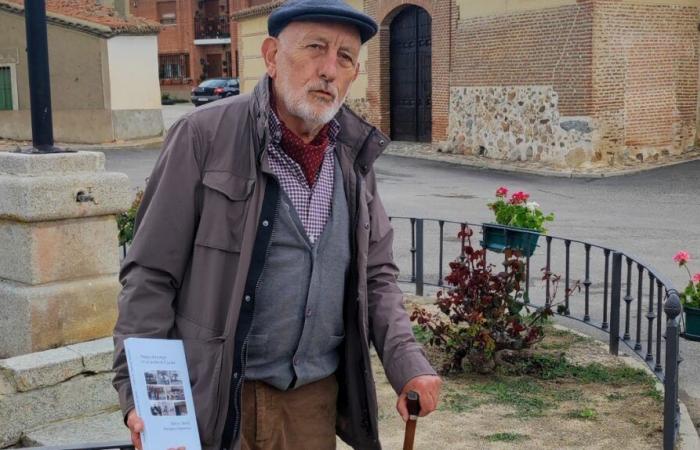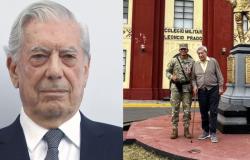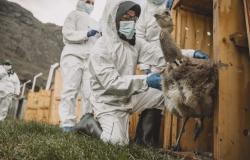Among the activities organized by the City Council and the Friends Cultural and Recreational Association of Santo Tomé de Zabarcos (Actrast), on Friday the book of Santos María Martínez Hernando has been announced. Born in Ávila and with deep family roots in Santo Tomé de Zabarcos, the author spent a good part of his childhood and numerous summers, which has allowed him to build a story full of memories and affection towards the town and its inhabitants.
“It is a book full of memories, of the nostalgia of someone who loves his people above all,” he said during the presentation, who brought together a good part of the neighbors and visitors. The author shared a selection of scenes collected in his work, which rebuild what the daily life of the people was like in the 50s and how it was transforming in the 60s, with the arrival of the mechanization of the field. “The passage of traditional agriculture to mechanized agriculture, plow transit and tractor and harvester shot,” he said.
The book delves into the economic and social role that Santo Tomé de Zabarcos played for decades. “It was a town of attraction in the region with different trades and benefits that offered the towns of the environment with their three forges, three mills, four bakeries, carpentry, two tejares, veterinarian, doctor … and other services,” he explained. However, he also wanted to underline how, over time, many of these elements were disappearing: “All this has been reduced, many people have also left over time and the blackout that has been flooding.”
Currently, Santo Tomé de Zabarcos has only 100 registered inhabitants and around 40 regular residents, a figure far from the nearly 300 neighbors that he had in previous times.
One of the most emotional moments of the meeting was when the author recalled how the oral tradition of the people nurtured a good part of the cultural heritage that now tries to recover with his book. “From their homes, from its braziers, from its looms, a literature, some stories and songs were created. Now it has become quieter, thickened in the calfs of calm, although on weekends the youth envivates it,” he said with emotion.
In addition, he called for preserving and transmitting that legacy: “It is important that before silence is nodded, those knowledge of their houses, stories that were taken from narrative infection, sayings that were knowledge of life, and work that were experiences of a job, reflect it in our books.”
The presentation concluded with a reflection that summarizes the spirit of the work: “The peoples of today are a living archeology that we must rescue. Everything that peoples keep cannot fall into oblivion.”






